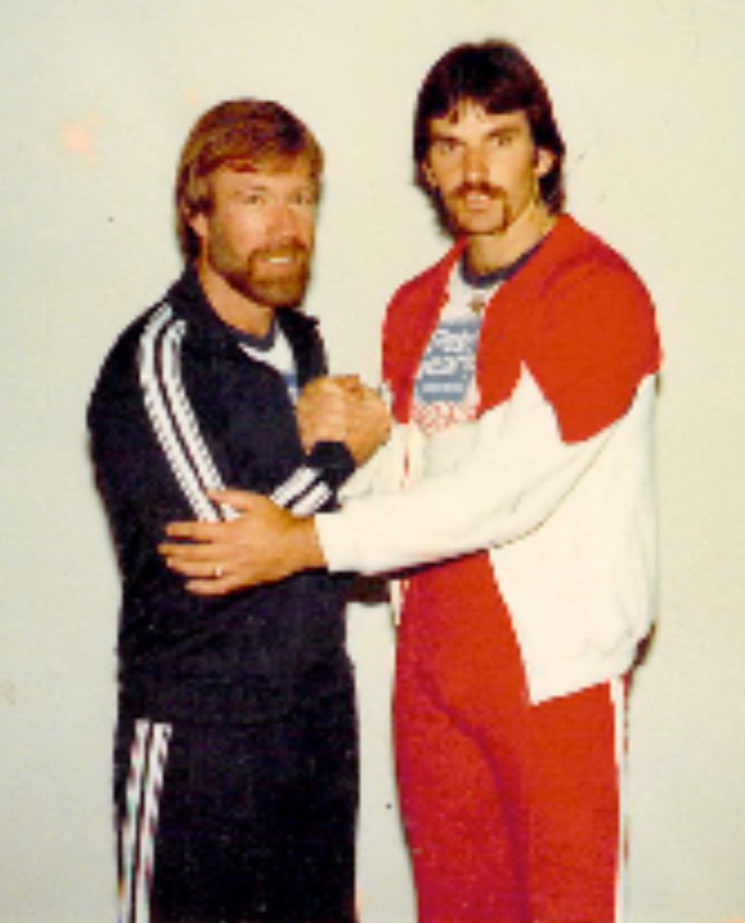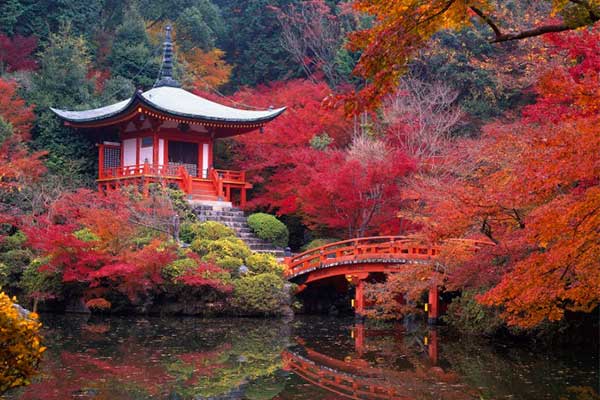History of Bukido
Grant Bannister started Bukido karate in July 1986.
It started off with just a few members who just wanted to train hard and improve themselves both physically and mentally but as the group grew it was obvious some structure was needed.
The basic concept of training was similar to SanChi Kai (who were a linage of GoJu,) the karate style Shidoshi Grant trained in for over 12 years.
That was to train hard physically, train the mind with kata, improve techniques with pre-set sparring and breakaways, and use partners for sparring.
San Chi Kai was an incredible platform to learn, as at the time there were a multitude of amazing martial artists. ( keep in mind that this was the time of Bruce Lee and most students could not get enough classes or hours of training to soak up the knowledge.)
Sensei Des White was part of the formation of Bukido and offered his garage to train until we moved to the Montrose football club hall early 1987. Sensei Rod Peterson was there at the start and contributed much in those early years. Sensei Des contributed the seventh senior kata (Shiro Yang Kata) and our number eight kata (Roku te be-shikku) was from Sensei Rod.
Before our full-time training centre, we had numerous part-time centers, including:
Montrose Primary School (over 15 years.) Birmingham Primary School (10 years.) Kilsyth Primary School. Keystone Hall Croydon. Ruskin Ave Primary School. Pembroke Primary School.
Billanook College. Tapscott Hall, Montrose. Plus numerous halls throughout Gippsland under Sensei Rod. Our first full time centre was in a small shop in Currawong Road Montrose. Our second was in Morwell, and the third was in Paul Street, Mooroolbark. After a number of accidents on hard timber floors, Shidoshi Grant decided to take on a permanent full-time Dojo in Mooroolbark in 2006. After only two short years, it became apparent that this was way too small, so we found and moved to a much larger location in William St Lilydale. That was in 2008.
Early 2020 we found our current location, perfect for us with plenty of parking.

Above is Des White with Chuck Norris, about 1984
The Origins Of Karate
As there were no written records in the early years, it is hard to accurately put a timeline on the different martial arts. It seems clear that India had an input in the early centuries. China certainly had an influence on Japan in the 12th century. Okinawa is where thing really started to happen with Karate and they stick to their original principles today. Okinawan Karate of today has developed over centuries and was not the result of a single founder, as many schools of martial arts have been. Many masters contributed to the art’s development – hence it is a combination of Chinese martial arts (quanfa in Chinese and kenpō in Japanese).
The historical origin of Japanese martial arts can be found in the warrior traditions of the Samurai and the caste sustem that restricted the use of weapons by other members of society. Originally, samurai were expected to be proficient in many weapons, as well as unarmed combat, and attain the highest possible mastery of combat skills.
It is impossible to discuss Japanese martial arts in terms of the thousands of individual schools or styles, Instead, major article are available online which are dedicated to the root type of martial art, such as jujutsu (the art of empty-handed combat through use of indirect application of force) or kendo (Japanese sport fencing), plus many more.

The true history of traditional karate is almost impossible to verify due to the secrecy surrounding the arts and the lack of written records. It is known that the martial arts of Okinawa and Japan were influenced in the development of their martial arts by various Chinese sources. It is also clear that at least one source of influence on Chinese martial arts came from India.
In about 520 A.D. a Buddhist monk named Bodhidharma, or Daruma Taishi, traveled to China where he taught Chan (or Zen) Buddhism to the monks at the Shaolin Temple in Henan province. The monks were not physically capable of withstanding the ascetic practices of his teaching, so he began to teach them exercises based on a fighting system. He introduced a systematized set of exercises designed to strengthen the mind and body, exercises which allegedly marked the beginning of the Shaolin style of temple boxing. Bodhidharma’s teachings later became the basis for the majority of Chinese martial arts.
The Shaolin monks eventually gained the reputation of being the most formidable fighters in all of China. Their fighting method became known as Shorinji Kempo and as they traveled to teach about Zen, it influenced and was influenced by numerous other Chinese fighting systems.
In the late 12 th century, Zen was introduced to Japan and readily became the religion of the Samurai class. As such, it would influence all of Japan’s traditional martial arts. If Shorinji Kempo was introduced with Zen, as seems likely, it may also have had some influence on the traditional fighting methods of Japan.